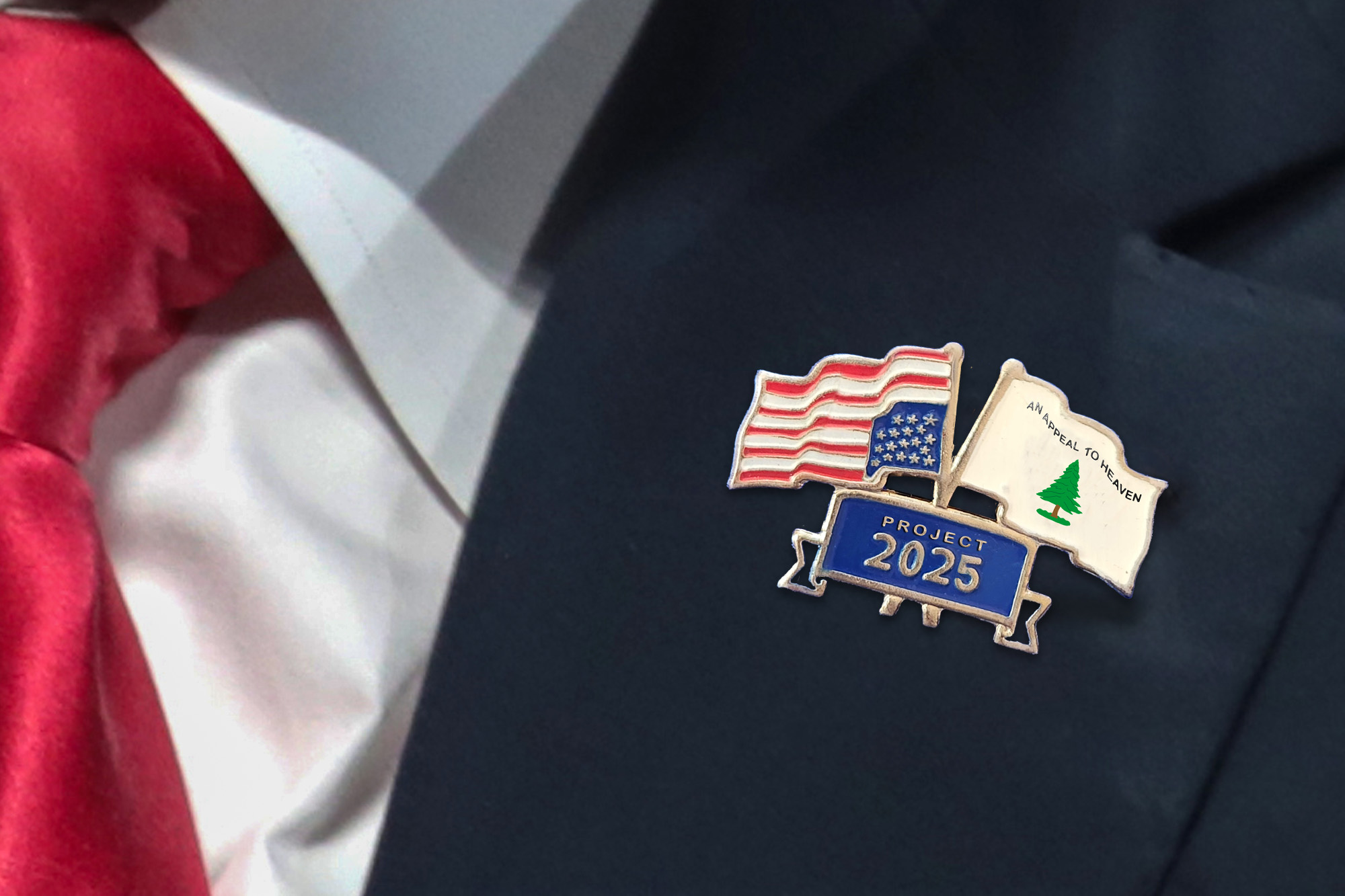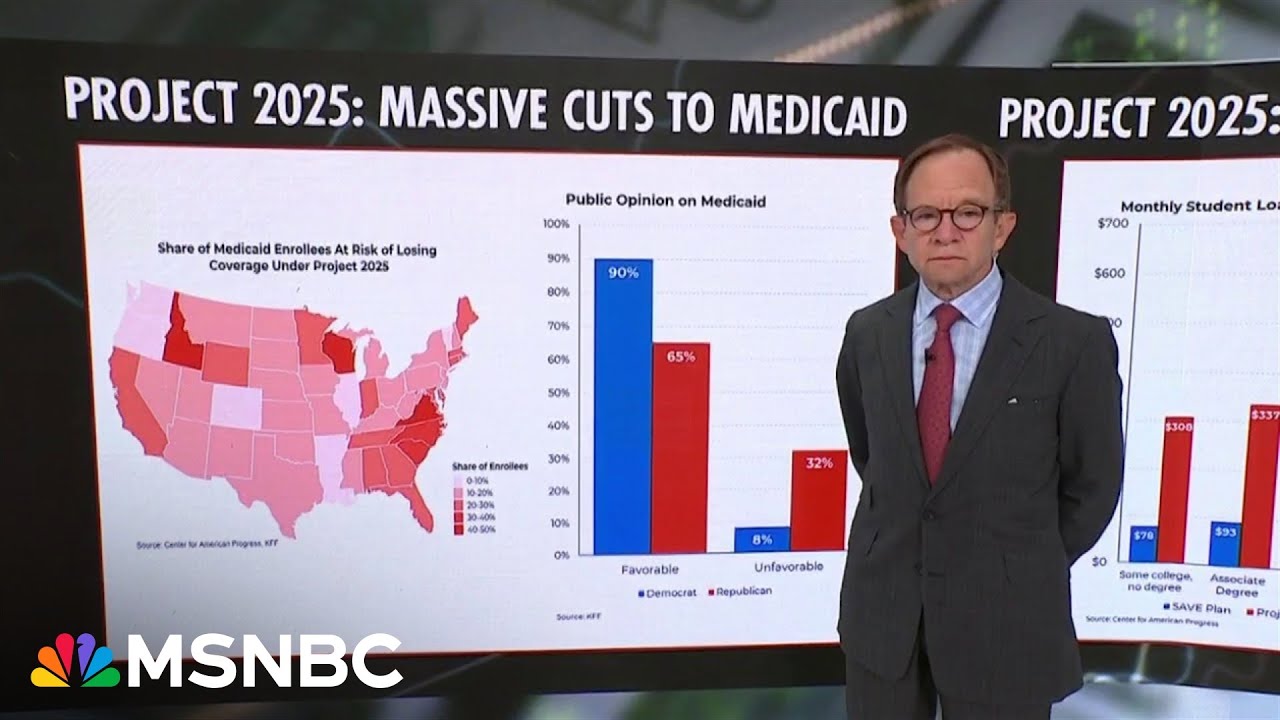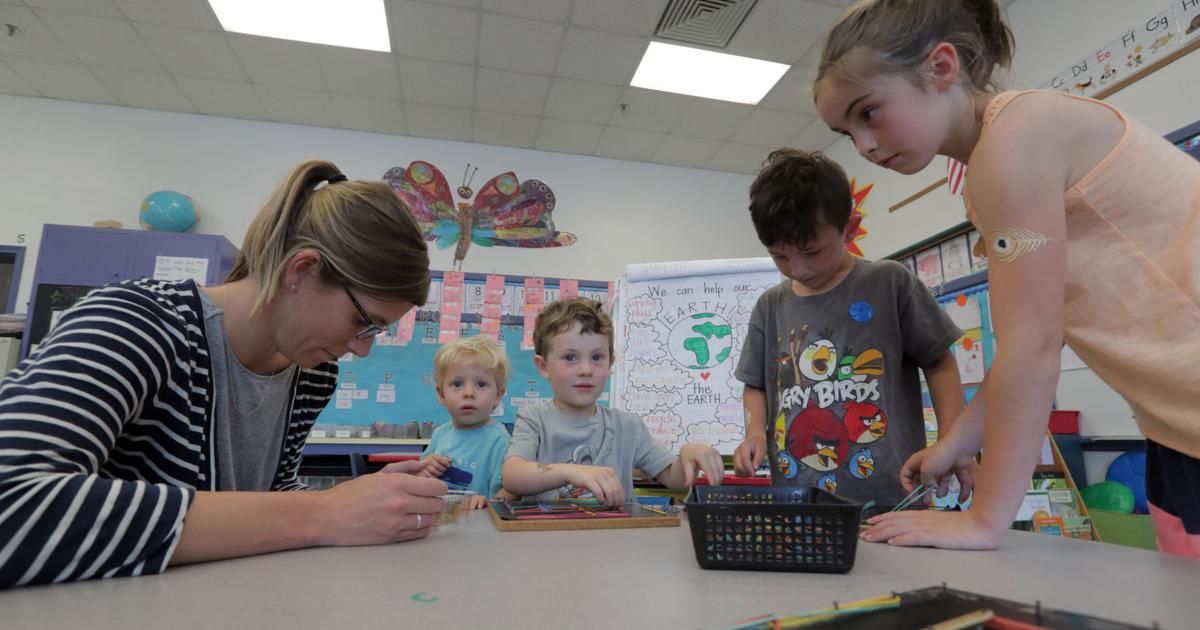Originally by Kathryn Foo at elestoque.org
Project 2025 is a comprehensive agenda of a set of policies for the ideal Republican presidency to adopt. Proposed by the Heritage Foundation, a conservative think tank, the project touches on every aspect of American politics, with contributions from over 100 different conservative organizations. Despite efforts former President and 2024 presidential candidate Donald Trump has made to distance himself from the project, claiming that he “ha[d] no idea who [was] behind it,” many correlations can be drawn between policies the Republican Party advocates for and policies Project 2025 aims to roll out. It has been confirmed that many people currently working on Project 2025 are people who worked in Trump’s former administration, a total of 31 workers. Furthermore, the initiative also emphasizes rolling back policies from the Biden administration to support a conservative agenda that covers everything from clean energy usage to healthcare, including numerous education reforms. El Estoque staff examine three key policies in education: student loan forgiveness, school meals and special education funding, and how these changes could potentially affect FUHSD.
STUDENT LOAN FORGIVENESS
Currently, students have several resources and avenues of support for taking out student loans. For example, income-driven repayment (IDR) plans are designed to make student loan payments more manageable by adjusting them based on the borrower’s income and family size. In August, the Biden-Harris administration assisted students in paying off student loans with its SAVE plan, which aims to reduce the financial burden low-income students experience by making it easier to discharge student loans and lowering the cost of monthly payments.
However, Project 2025 proposes eliminating all current IDR plans associated with student loans such as the SAVE plan and Public Student Loan Forgiveness (PSLF). Additionally, the proposal would replace these plans with a repayment plan dismissive of income. If Project 2025 is implemented, many borrowers would pay drastically more than with the SAVE plan, and would increase economical problems for students pursuing higher education, especially for students in lower socioeconomic brackets. MVHS alum ‘24 Ananya Nadathur believes that despite Cupertino’s relatively high average family income, eliminating the SAVE plan would create difficulties for low-income students to access higher education.
“Not everyone in our district is high-income,” Nadathur said. “If I was a student who had to factor less help with financial assistance options into my decisions while my peers did not, I would have felt so isolated in the college admissions process.”
If implemented, Project 2025 eliminates the SAVE plan. Education institutions start to charge higher fees, $8,000 more over the span of 20 years. The amount of student loan debt required to pay after graduation has also significantly changed over the past two decades. Compared to 2007, when average student loan debt was $18,230, students were tasked with dealing with an average of $37,650 in 2023.
Therefore, the SAVE plan was critical to borrowers as the plan provided relief, especially with the rising cost of student debt. With potential implications for millions of borrowers, Nadathur believes that Project 2025’s policies by dissolving the SAVE plan would have a negative impact on students, regardless of income.
“Personally, I don’t receive income-based financial aid, and my out-of-state tuition right now is horrible,” Nadathur said. “Tuition was a big factor in my college decisions, so if there was a way for income to not affect other people’s college decisions, I would support that. I feel like that is basic empathy — everyone should be able to receive a higher education regardless of their income level.”
FREE SCHOOL MEALS
For the last four years, FUHSD schools have provided free meals to students. If Project 2025 decreases federal funding for school meals, only low-income families will have access to free and reduced prices on food. However, this will not be the case for FUHSD.
According to Superintendent Graham Clark, FUHSD meals are currently funded by both the federal and state governments. Since the majority of the funding for meals at FUHSD comes from the state, Clark believes the effect of the policy on FUHSD schools will likely be minimal.
On the other hand, FUHSD Nutrition Director Divya Puri emphasizes that due to California being in a budget deficit where they are spending more in different areas than they earn from taxes, even state funding is often lacking.
“Imagine — in the $8.50 we get from the state for the materials for one brunch and lunch, we have to pay our labor, buy our equipment, buy ingredients, buy technology, pay for the food to travel from the farm to the school and pay for all the ongoing expenses, so the funding is not enough,” Puri said. “Everything’s so expensive. With inflation after COVID-19, the cost of goods and cost of labor in particular have gone up so much. We need more resources and funding. The funding we have right now is not enough.”
Additionally, families in nearby districts and across the nation may be strongly affected. Puri states that while California schools rely on state funding, many other states don’t have that privilege. At schools that rely largely on federal funding, especially in communities with marginalized communities, Project 2025 will have significant impacts. Project 2025 aims to narrow eligibility for free school meals based on household income, so while those in the lowest income brackets will most likely have access to free meals, a cut in funding will put a strain on lower middle class families.
“There has been data in California itself that has shown that students tend to stay on campus more, engage more and have better academic success when they are able to not have to worry about where their lunch is coming from,” Puri said. “There are families who rely on free lunches, and even in our district, we have working poor people who would rather save those $10 for some rainy day versus go out and spend that money, so I think this policy will be deeply impactful for them.”
Read the Original Story




